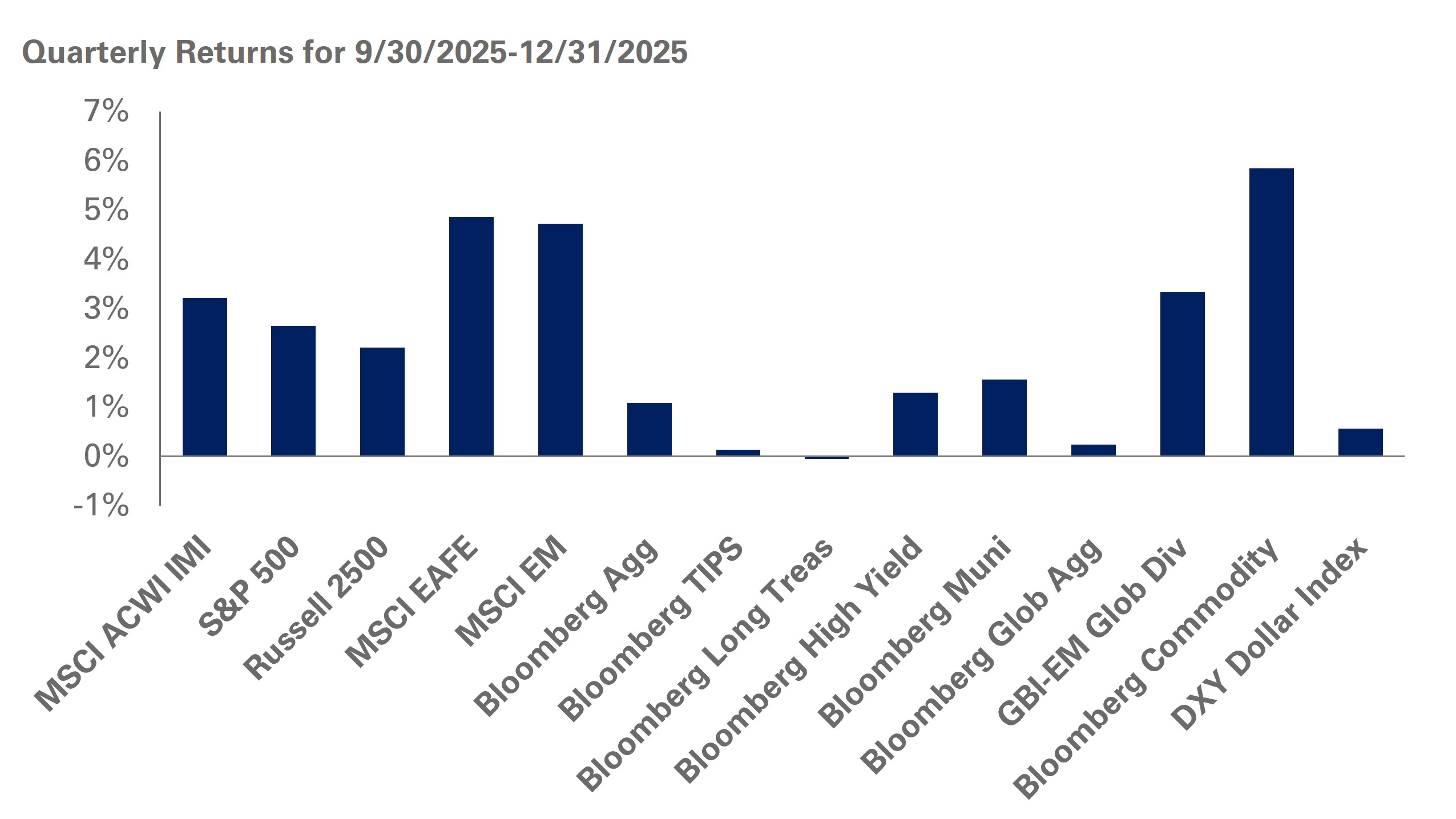On September 15, 2008, investment bank Lehman Brothers filed for the largest bankruptcy in the history of the United States. Its collapse was a watershed moment in the Global Financial Crisis, sparking the realization that things would never again be the same. With the benefit of a decade of hindsight, we take this opportunity to not only look back, but also look ahead.
The Lehman collapse did not follow the accepted pattern of a negotiated transition like that of Bear Stearns earlier that year or Fannie Mae and Freddie Mac earlier that month. Instead, financial institutions and markets, regulators and investors were left in disarray as their long-held assumption that some firms were “too big to fail” was busted.
Yet, the day after the failure of Lehman, the Federal Reserve provided emergency credit to insurer AIG. The coming months (and years) would be defined by extraordinary actions by governments and central banks as they pumped unprecedented amounts of liquidity into the financial system, bailing out many struggling institutions and orchestrating liquidations.
While the nexus of the crisis was securitized subprime mortgages, banks shoring up their balance sheets rendered once liquid markets illiquid with the contagion spreading across countries and industries. This dislocation was especially pronounced in credit markets where even debt that was performing traded at steep discounts. It is common for bondholders to be more cautious than stock investors late in an economic cycle, which NEPC highlighted as an opportunistic credit opportunity in July 2008. As the Crisis dragged on, losses accelerated through November 2008, with meaningful recovery only taking place after March 2009.
Looking Ahead
A key concern about the next market downturn, whenever that happens, is how the raft of reforms and regulation—notably Dodd-Frank and Basel—created on the heels of the Crisis alters the “too big to fail” dynamic and the risks of contagion. While every downturn is different, the hope is that the world economy makes it through without the extraordinary measures that defined the Crisis.
When we started this series last October, we noted that the S&P 500 was at an all-time high. This remains true almost a year later. Meanwhile, the Fed continues to gradually tighten monetary policy and has begun the process of unwinding its balance sheet.
Just as the Lehman collapse was the seminal event of the Crisis, the Fed’s balance sheet expansion was likely the defining moment of the recovery. In the last year alone, the central bank’s balance sheet has dropped by nearly $250 billion and is expected to further decline in the years ahead.
The unknowns remain: will the next downturn also require extraordinary measures? And, equally pertinent, how much ammunition does the Fed really possess with an already elevated balance sheet and relatively low interest rates? While an imminent recession appears unlikely, certain data points give us pause. Credit spreads remain tight in contrast to 10 years ago. The Treasury yield curve is at its narrowest level since 2008 and equity valuations are at their highest levels since the late 1990s.
Should the yield curve approach zero and these indicators weaken, we expect our market outlook to change. For more information, please contact your NEPC consultant.
For NEPC’s complete coverage of the 10-year anniversary of the Financial Crisis, click here.



